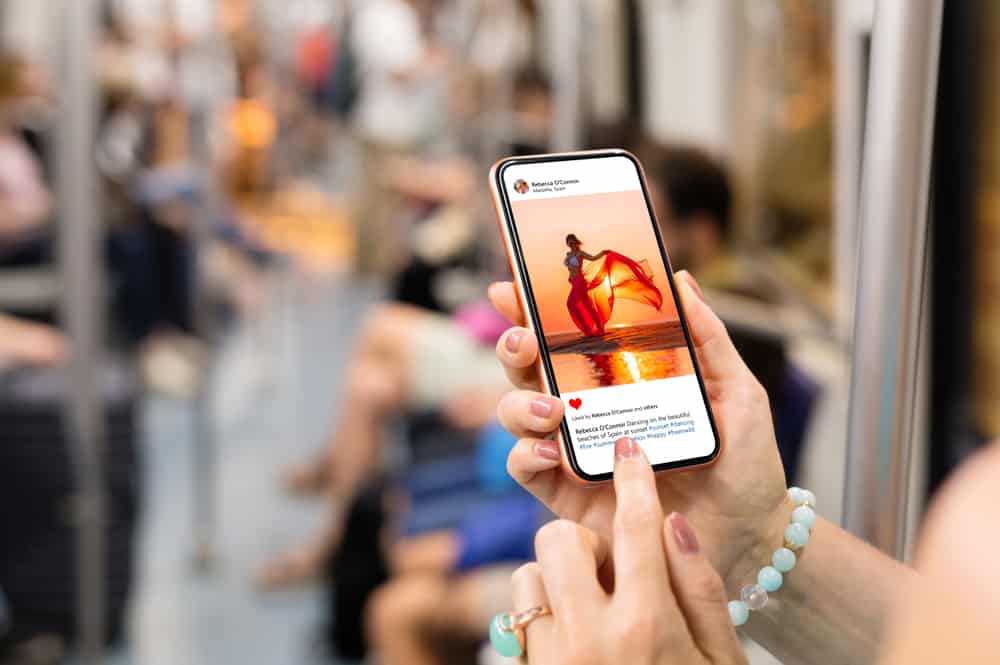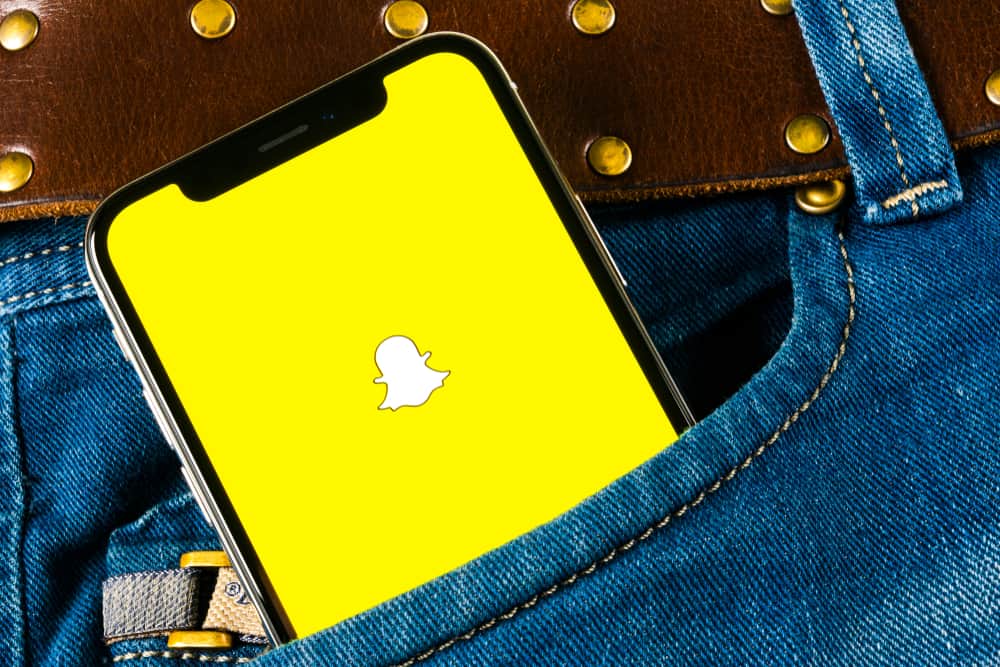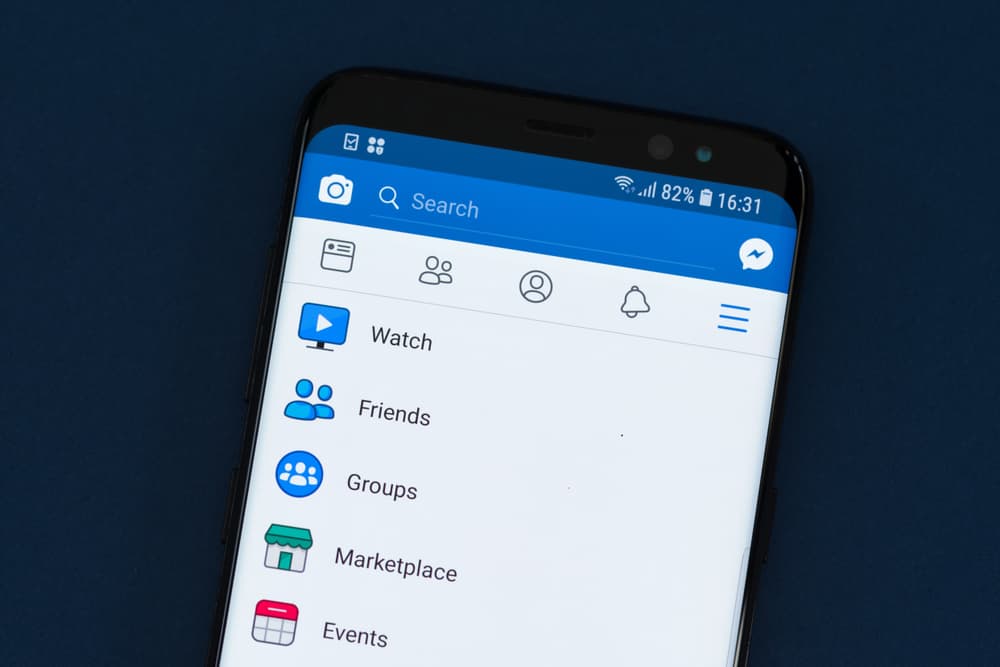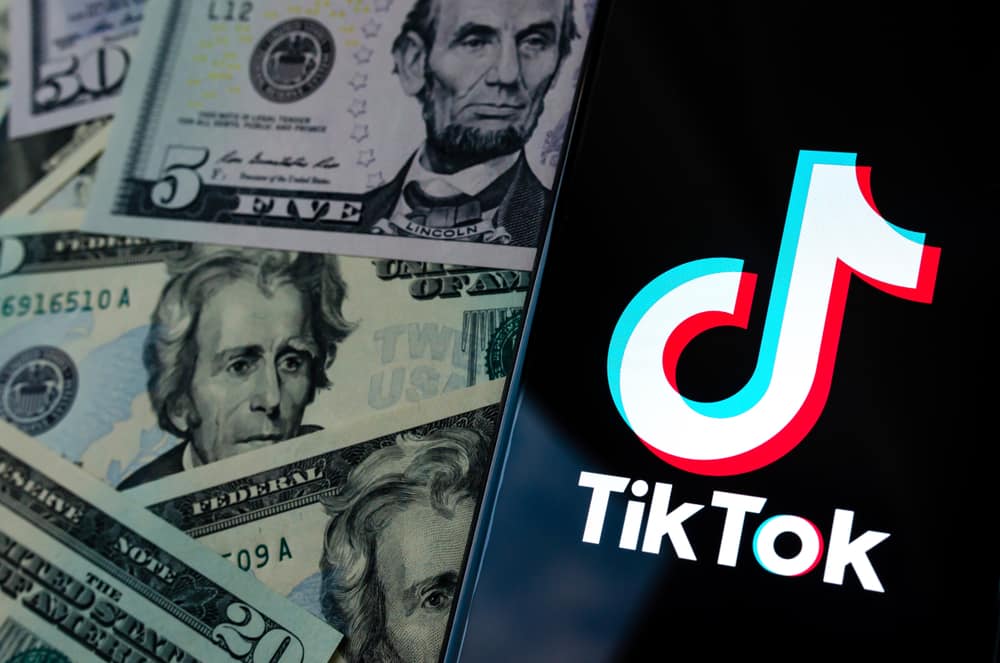
If you want to share an Instagram post or profile outside the platform, taking a screenshot of the post or taking note of the Instagram username is one way to do it, but it is unfortunately not the most brilliant way. Posts and profiles on Instagram have embed codes that you can copy and paste if you want to share outside Instagram.
“Embed” on Instagram pertains to the post’s embed code or profile. If someone asks you to “embed,” they want you to copy the embed code of the post or profile’s embed code and paste it into the HTML editor of, say, your or their website. You can find the embed code by clicking the ellipsis icon at the top of the post or profile.
Note that you can’t embed if the profile is private and that you will only see the embed code if the Embeds setting of the profile is turned on. If the profile is yours, you can turn it on by going to your account settings. If it is someone else’s, if they turned it off, it just means they don’t want their profile or post to be shared.
We will walk you through what “embed” means on Instagram and how to do it. Let’s dig into more detail.
What Does “Embed” Mean on Instagram?
Embed codes make sharing from Instagram easier, without a doubt. The good thing about “embedding” an Instagram post or profile is that the formatting is retained, meaning what you will see on the website is similar to what you will see on Instagram.
If it’s a post, you will see the username of the person who posted it above it. If it’s a profile, you will see the profile feed and the number of posts, followers, and people they follow. Anyone can interact with it, too!
If you take a screenshot of the post or profile and share it on an external platform, people won’t be able to click anything. If you share a link that will direct people to it, people might have doubts and be hesitant to click on it because what if it takes them to a website that is not secure or contains unpleasant content?
Moreover, an embedded Instagram post or profile on a website or other platforms looks better and can be visually appealing. It also makes their life easier because the post or profile feed is already in front of them; there is no need to click anything, which will improve their experience with your brand.
So, how can you embed an Instagram post or profile?
How To Embed an Instagram Post or Profile
Embedding a post or profile on Instagram is pretty straightforward. But before we talk about that, it’s important to note that you can only embed a post or profile if it is public. Private accounts are private for a reason: The profile owner wants to share their content only with selected Instagram users.
But just because an Instagram account is public doesn’t necessarily mean that you can share their content outside Instagram. Public account owners can turn off their Embeds setting if they want to share their content with everyone but don’t want people to share it anywhere outside Instagram without their consent.
Also, you can’t embed anything in the Instagram app. You can do that only via a web or mobile browser. So, here’s how to embed an Instagram post or profile:
- Go to the Instagram profile or post on your computer or mobile device via the web browser.
- You can find a three dots icon over the post or at the top of the profile. Click that.
- If you see Embed, click that and “Copy embed code.” If you aren’t seeing it, the profile owner doesn’t allow anyone to embed their post or profile, so move on.
- Once done copying, you can now paste the embed code into the HTML editor.
If the post you shared is owned by someone else or if you share someone else’s profile, the embedded content would be unavailable or removed from the platform you shared it on if they decided one day to turn off their Embeds setting or make their account private.
Conclusion
There are a lot of posts and profiles on Instagram that are worth sharing outside the platform. While you can simply link to it, it is better to embed it because it looks better and makes it easier for the audience to look at the post or profile without taking another step that can actually be eliminated with a simple code.
Embed code is an HTML code, so it will only work on platforms that allow you to access the backend and edit the existing HTML codes. One example is a website that you own.
Only the owners, staff, and developers have access to the backend editors of social media platforms. You can’t use the embed code on your social media profiles because you don’t have access to the HTML editor.











